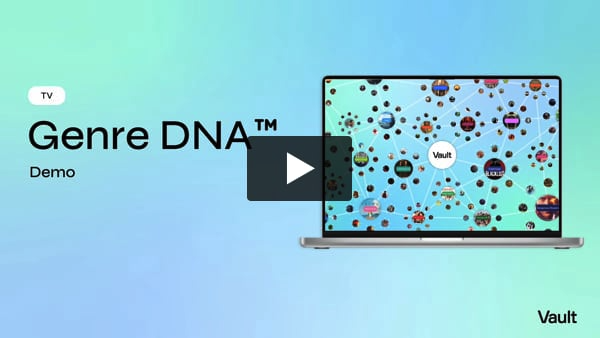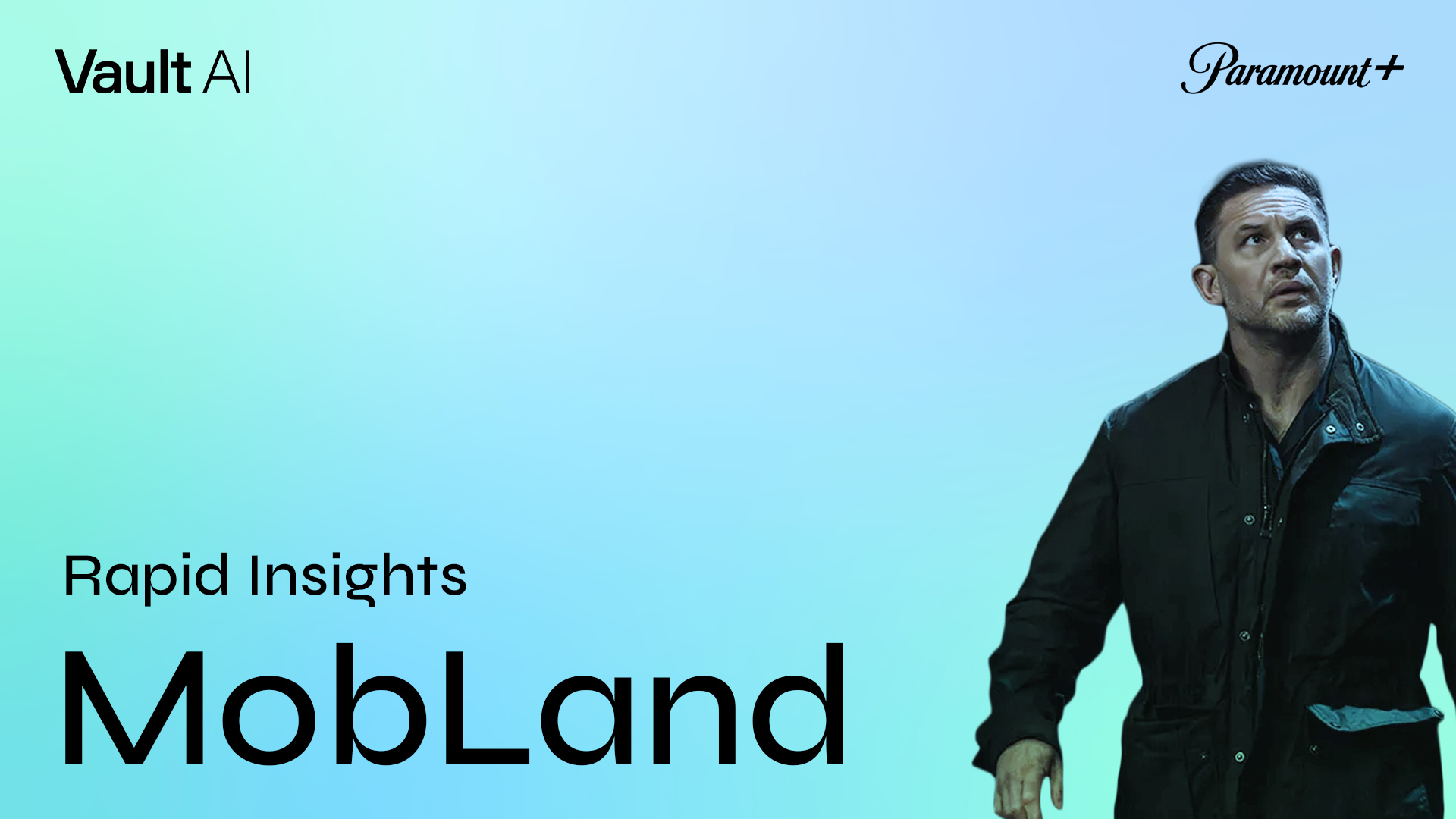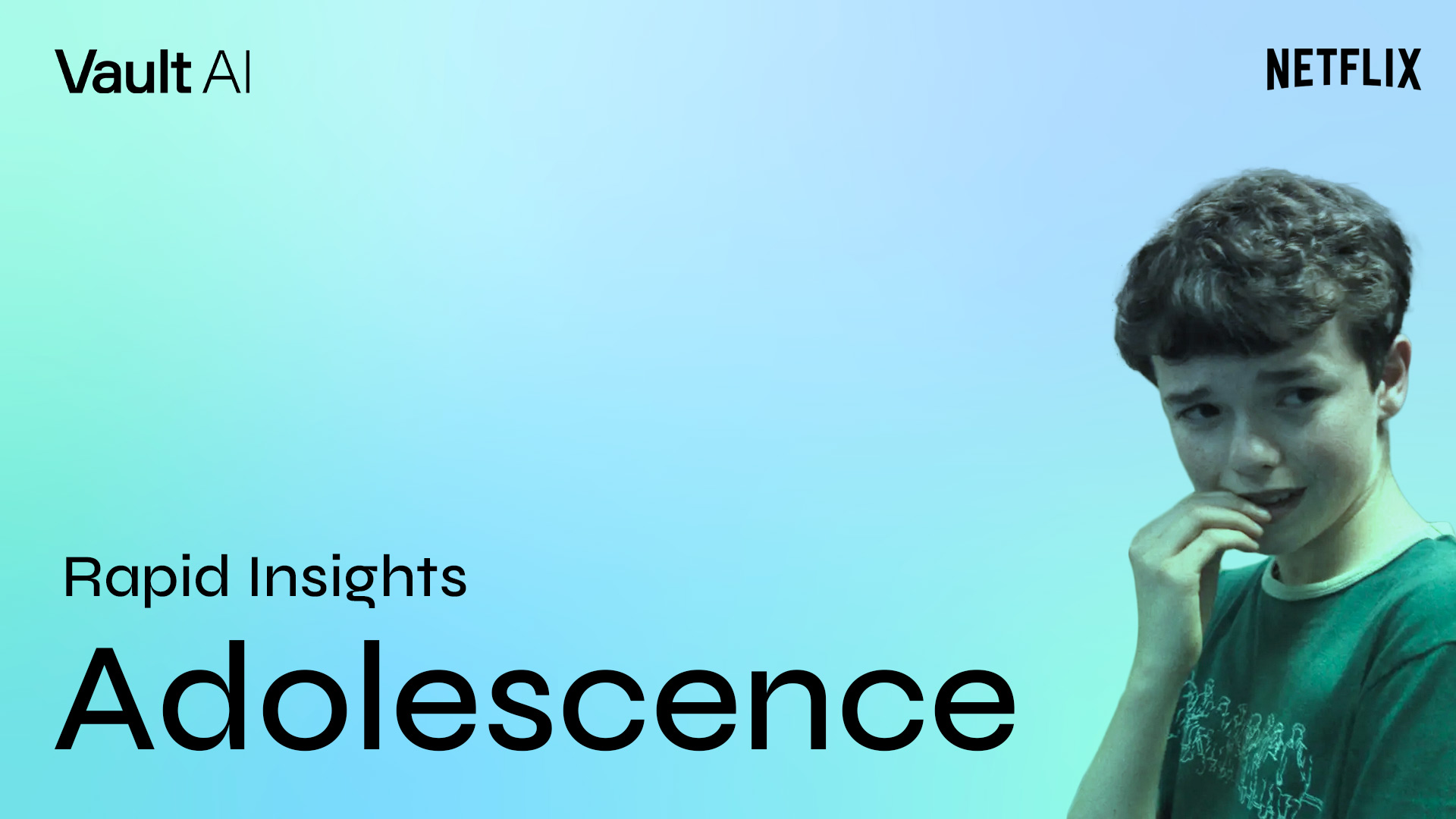Earlier this month, two compelling new anime series premiered within a few days of each other, and both offer up plenty of the action, excitement, and fantastical creativity for which their genre is known. From the creator of Cowboy Bebop, Adult Swim’s Lazarus follows the search for a lifesaving cure after an evil professor sells a lethal painkiller to the unsuspecting masses. Netflix’s Devil May Cry, based on the Japanese video game franchise, tracks a demon hunter-for-hire as he battles a demonic terrorist seeking revenge on the human race.
Here’s what you need to know about these two new anime series:
Vault AI uses index scores to describe the impact a given story/theme/element will have on specific KPIs:
≤79 Disappointing 80-89 Challenging 90-109 Average 110-119 Promising 120+ Outstanding
Are these shows competing for the same audience?
Mostly. For Lazarus’ cable premiere on Adult Swim, we’re seeing a viewership that’s heavily men (61%) and roughly age-balanced (49% <35 / 51% 35+); for its next-day streaming on Max, it’s even more male (75%) and younger (61% <30). Devil May Cry’s Netflix streaming release hits the same SVOD gender sweet spot (71% men) but is aged up just a bit (52% <30). This general audience profile is similar to other action-based, adult-focused anime series like Attack on Titan and Terminator Zero, but it skews significantly older than more kid-friendly titles like Pokémon.
What do these two series have in common?
Sky-high stakes and a ticking clock. Both shows position their protagonists in a crucial Race Against Time (111) as they embark on a heavy and Dangerous Mission (119) at great personal risk (Life in Danger, 122) to save the lives of everyone on earth (Saving the World, 122). Their gripping, can’t-look-away core storylines are grabbing audiences and keeping them glued to their seats with intense emotional reactions like Terror (119), Anger (120), and Surprise (115).
What’s making these shows so watchable?
Their fantasy elements. In addition to suspense, both series offer up plenty of nourishment for fans who love their genre’s typical fantastical aesthetics and world-building: anime-style Stylized Action & Violence (123) and expansive, well-drawn Distinctly Realized Worlds (133). These aspects primarily contribute to the shows’ likely longevity.
What’s making Lazarus stand out as unique?
The Lazarus team. At the core of the show is a small, capable team of criminals tasked with tracking down an evil professor and the lifesaving antidote he’s hiding. This specialized group–five teens and adults with nefarious skills assembled for the occasion, led by a charmingly cocky escape artist (Charisma & Confidence, 121)–promises a dynamic ride, with viewers leaning into their complicated Team Dynamics (124) and Strong Female Leads (133). This protagonist group is what’s driving the show’s bingeability.
What sets apart the Devil May Cry?
Its lone wolf protagonist. Rather than a team, Devil May Cry features a brutal One Man Army (133) in the form of demon hunter Dante, who brings a special set of skills into his fight against a vengeful demonic terrorist called the White Rabbit. Their match-up delves into the realm of Myth & Fantasy (118) and concepts of heaven and hell as the White Rabbit attempts to usher in the apocalypse, and the fact that it’s based on a popular video game (IP Extension, 127) makes it all the more compelling. As with Lazarus, this series’ unique elements are what’s keeping viewers watching.
—
Most Popular Rapid Insights
Redefine your understanding of TV subgenres
Introducing Genre DNA™ – TV subgenres redefined by groundbreaking AI analysis to reveal the true drivers of viewership.
See the insights that others can’t
Genre DNA™ goes beyond traditional TV genre classifications by analyzing over 1,000 scripted and unscripted series on both linear and SVOD platforms from the last 5 years.
Each Vault Genre DNA™ report offers a precise analysis of your chosen TV subgenre, uncovering its unique drivers of viewership.
*Publicly released trailers for series are evaluated using Vault’s algorithms – utilizing our proprietary 120K+ story element database alongside viewership performance and other datasets – to identify unique combinations of stories, themes, characters, and genre elements that will drive success.





